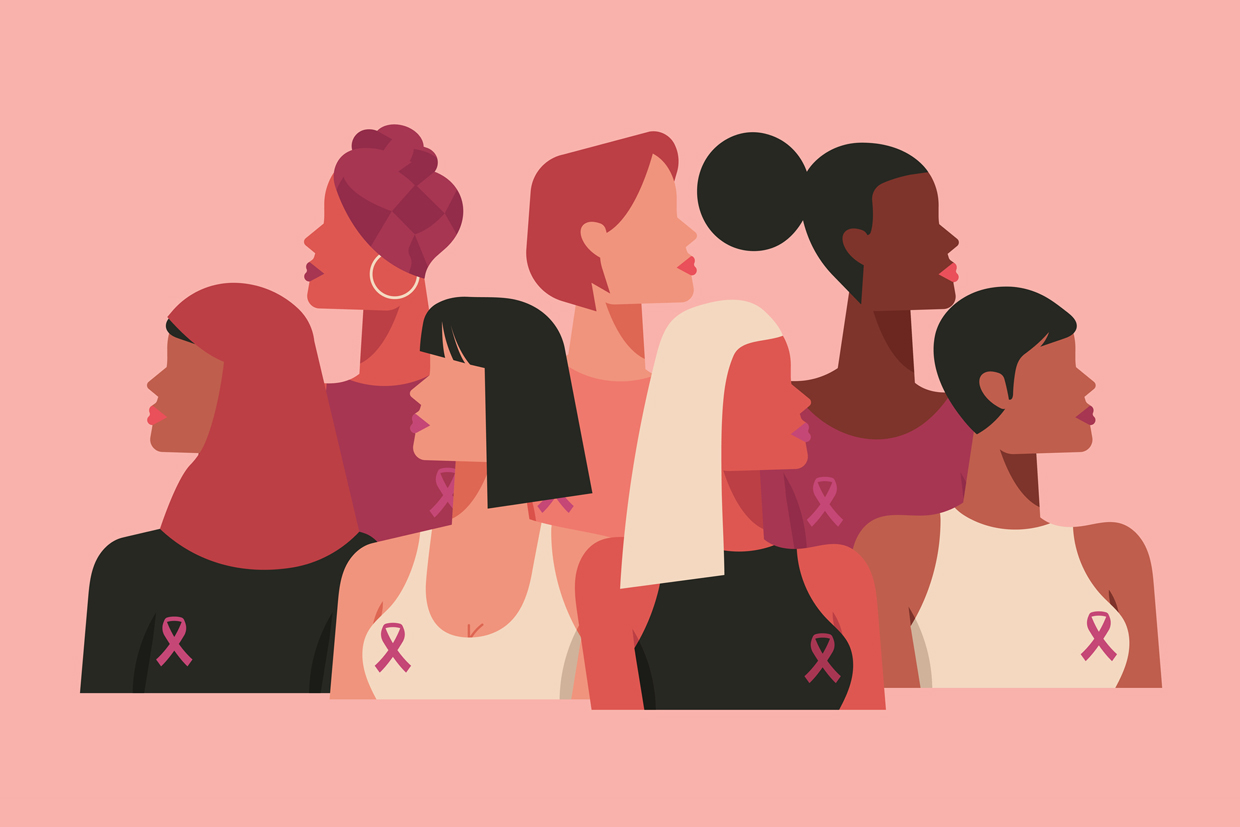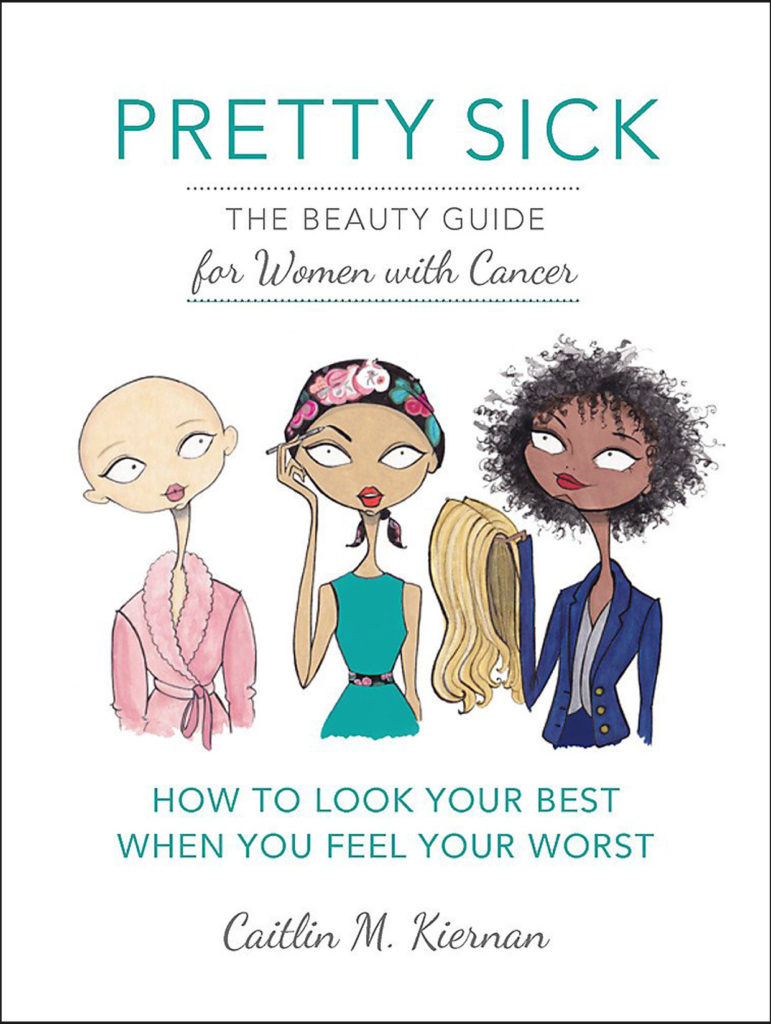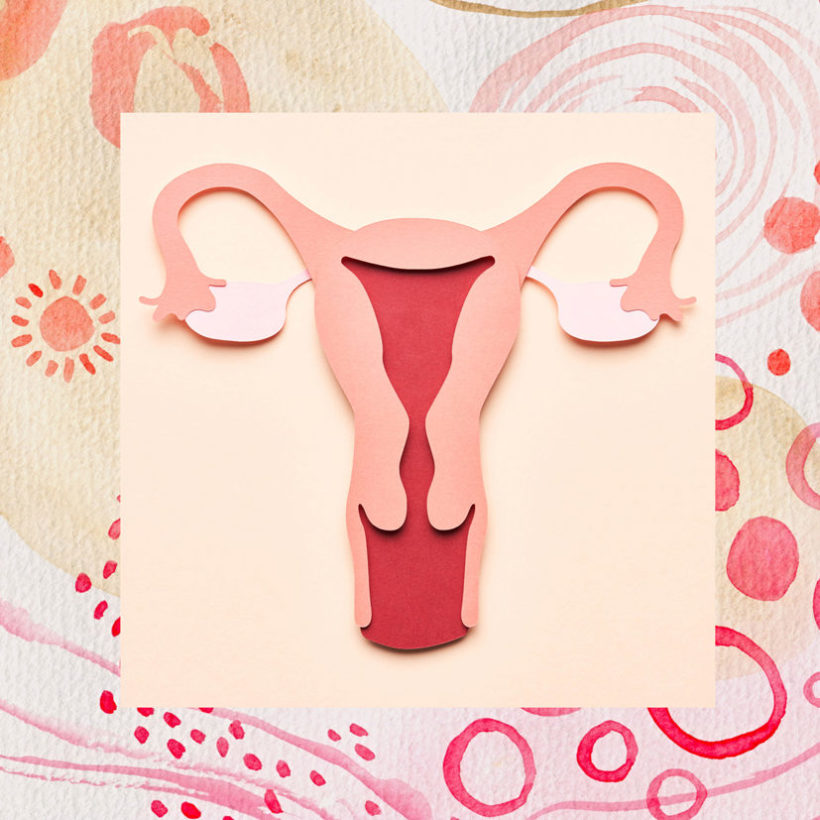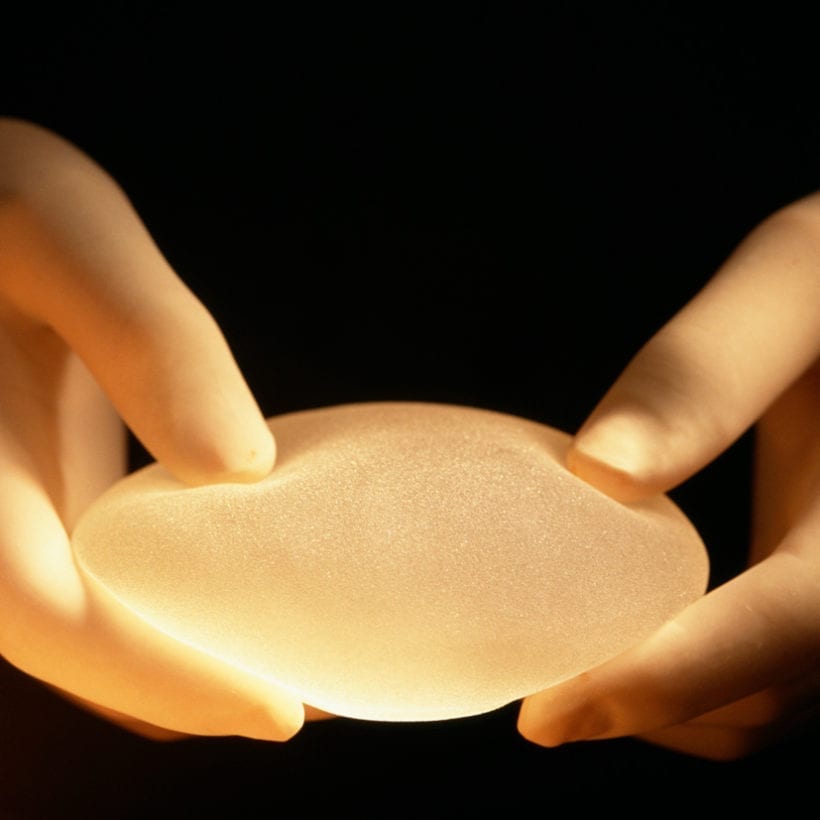Though most people tend to focus on potential hair loss as a result of getting chemotherapy to treat cancer, chemo also takes a serious toll on your skin. Understandably, when you’re shuffled around from doctor to doctor after a cancer diagnosis, the last thing on your mind is a visit to your dermatologist. But the skincare routine you relied on before starting chemotherapy isn’t always the best one for your changing needs — and when it comes to the largest organ of your body, it’s even more important now to protect it.
To better understand the experience, we sat down with Caitlin Kiernan, digital content creator, beauty director, and author of Pretty Sick: The Beauty Guide for Women with Cancer. Back in 2012, she was diagnosed with Stage 1 breast cancer, followed by six months of chemotherapy, a lumpectomy, and a double mastectomy. Below, she tells us about her journey, from how chemotherapy changed the way she used skincare to the biggest lesson she’s learned about having cancer. If you’re going through chemo and considering changing your skincare routine, consult your doctor, dermatologist, or see if there’s an oncodermatologist (a rising field in the medical industry that provides treatment for diseases and conditions that affect the skin) available to you.

How did you find yourself in the beauty industry?
Caitlin Kiernan: My career started off in a small town local newspaper where I was assigned to the news desk. I eventually worked my way up to the coveted role of fashion columnist “Fashion Plate Cait”. I left newspapers for the glamorous magazine world where I was the beauty director at Life & Style and later at OK! and Star magazines. I probably learned the most as a lead producer at Amazon, where I launched their first live-streaming fashion and beauty show, Style Code Live. Now, I am a content creator on TikTok and head up the beauty vertical at TalkShopLive, a social-meets-eComm Live Streaming platform.
What was your general mindset about experimenting with beauty products before you got diagnosed? What was your routine line before you got your treatment?
CK: As a beauty editor, I was never not testing products. Of course, there were some products that I loved and already had in my regular routine, but I felt very fortunate to be able to try almost every product on the market. My skincare routine [before chemotherapy] was detailed. There were lots of steps that varied from morning to nighttime routines. Generally, though, my morning routine consisted of a cold splash of water followed by eye serum, face serum, hyaluronic-infused face cream, and lots of SPF 30. My nighttime routine started with a double cleanse — micellar water followed by a gentle foaming cleanser — retinol or chemical exfoliator (alternating every other night), eye cream, face oil, and rich night cream.
How did starting chemo change the way you used skincare? How did you figure out how to take care of it?
CK: It completely changed because my skin was super sensitive from chemotherapy. I just went back to basics. Really gentle, hydrating products. When I was at the height of chemo, I actually used a lot of products formulated for babies. I turned to a lot of the experts that I had previously worked with at my magazine job [at the time] to help me navigate my side effects. That’s how my book came to be. If it wasn’t for those experts, I never would have made it through treatment looking — or feeling — like myself.
What ingredients did you avoid while on treatment and why? Alternatively, were there certain ingredients that helped?
CK: I was surprised to learn that I couldn’t use anything with antioxidants. Antioxidants are the superheroes of the skincare world because they help keep cells alive but the whole point of chemotherapy is to kill cells. Unfortunately, chemotherapy agents can’t determine which cells are cancerous and which are healthy, so they end up killing them all. That’s why cancer patients end up losing their hair, nails and can get rashes, hives, and cystic acid. If a patient uses a product with antioxidants, it can prevent the chemotherapy from doing its job. And the last thing you want is for rogue, cancerous cells to live. Besides that, I couldn’t use anything harsh like retinol, chemical exfoliators, or scrubs. Instead, I used products loaded with lanolin, peptides, and omegas. I also splurged on rich creams and oils [that helped with dryness].
Did you become more ingredient-conscious about what you used on the rest of your body and not just your face? If so, how?
CK: Yes — and no. There is a whole contingency within the cancer community that feels strongly about only using products with ‘natural’ or ‘organic’ ingredients. I am not one of them. While I feel that using clean products is important, there are a few issues with this. First, the meaning of natural’ or ‘organic’ varies from brand to brand. Some use that term based on the ingredients they source; others on how they process the product. Some companies use that term for totally different reasons. And many brands take liberties with these words. Until there is a federal regulation that helps define and determine them, it’s up to each person to research the brands and how they formulate, process, and package their products. To me, this is a big problem, and when a person is battling cancer, the last thing they want to do is spend their time and energy vetting brands. Unfortunately, that’s what many of us end up doing.
Secondly, not all ‘natural ingredients’ are necessarily good for you. Poison ivy and mercury are ‘natural,’ but you wouldn’t go rubbing them all over your body, would you?
Lastly, when your body is battling a health crisis, sometimes delivery systems are just as — if not more important — than using ‘natural’ ingredients. I use this example in my book: Back in the day, people who experienced rashes and hives would soak in oatmeal baths. But it would take hours to soothe the skin and the sticky kernels were a mess to clean up. Today, there are products like bath soaks, which are made from the isolated portion of the grain that help reduce irritation quickly — and without the mess. Modern science has afforded us the ability to effectively care for ourselves and sometimes, a products delivery system supersedes using natural ingredients.
What’s your biggest piece of advice for people who are going through a similar journey?
CK: I know this might sound crazy, but don’t [force yourself] to be positive. Cancer sucks and there will be a lot of sad and scary moments. My advice is to, instead, just try to find the silver linings in each situation. It will help remind you of your blessings. As Oscar Wilde once said, “When it rains look for rainbows, when it’s dark look for stars.” Both are beautiful. It’s just perspective.
We only recommend products we have independently researched, tested, and loved. If you purchase a product found through our links, Sunday Edit may earn an affiliate commission.








